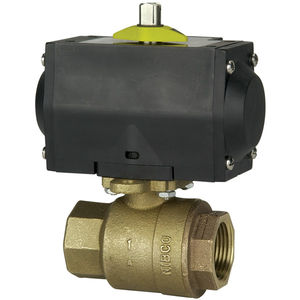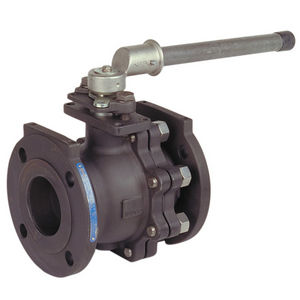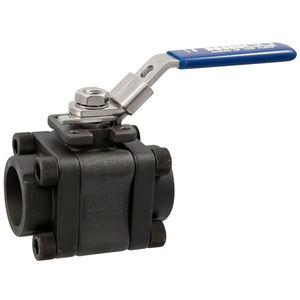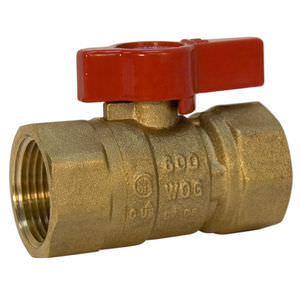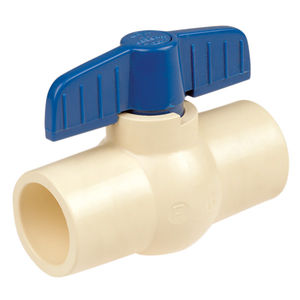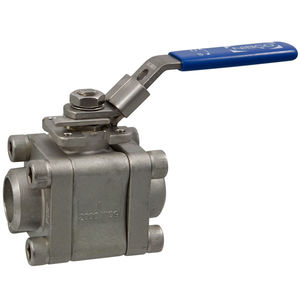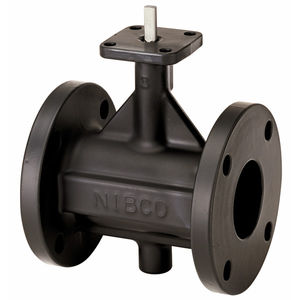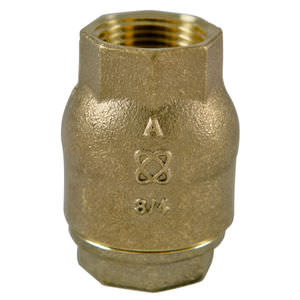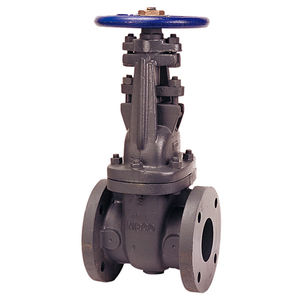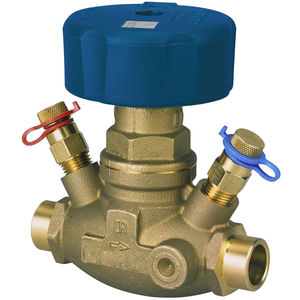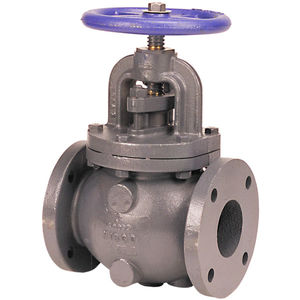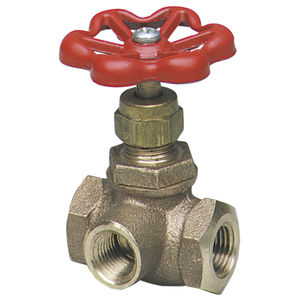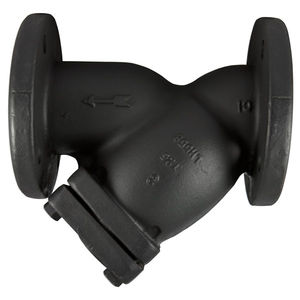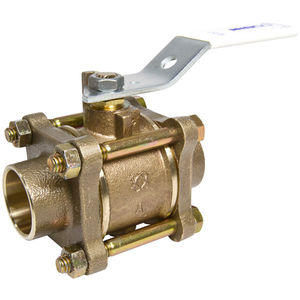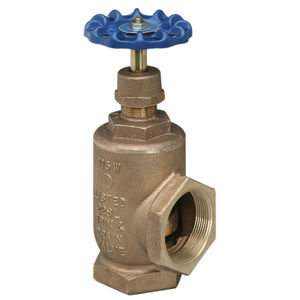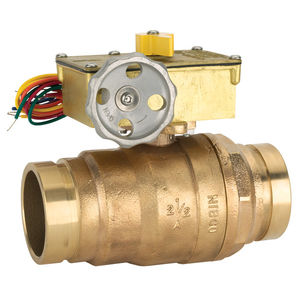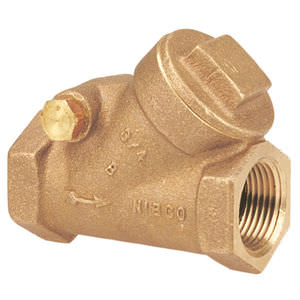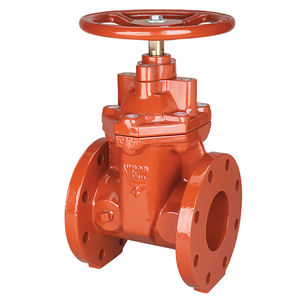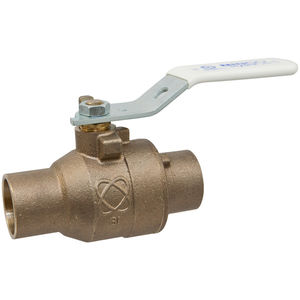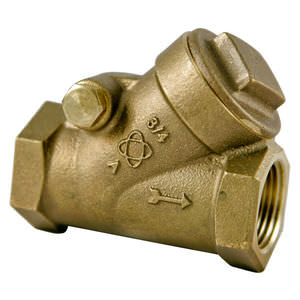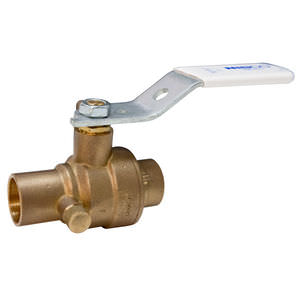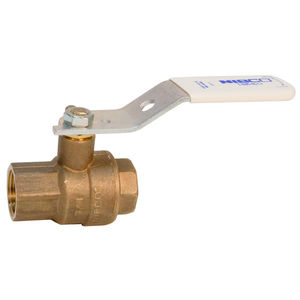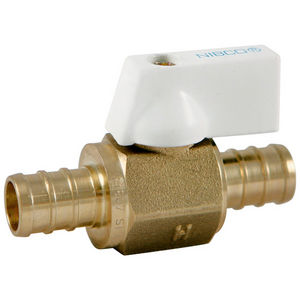
Ball valve T-560-CS-R-66-LL seriesleverisolationfor water


Add to favorites
Compare this product
Characteristics
- Type
- ball
- Operation
- lever
- Function
- isolation
- Media
- for water
- Body
- threaded, stainless steel, carbon steel
- Applications
- industrial, for the chemical industry, HVAC, for pipe
- Associated function
- reducing
- Other characteristics
- standard, chemical-resistant, quarter-turn
- DN
Min.: 0.25 in
Max.: 2 in
- Pressure
138 bar
(2,001.5 psi)- Temperature
Min.: 0 °F
(-18 °C)Max.: 400 °F
(204 °C)
Description
The NIBCO® carbon steel ball valve provides bubble-tight shutoff at 2000 PSI. The reinforced PTFE seat ring and stainless steel stem and ball exhibit high chemical resistance properties and is recommended for process piping. The one-piece valve may be used on hot/cold water, HVAC, and is recommended for process piping, some chemical and utility service applications.
The NIBCO® carbon steel ball valve provides ease of operation with quarter-turn (90 degrees) open to close. This valve features a standard locking lever handle for security purposes. It may be used for isolation and throttling (half open to full open only). The one-piece design eliminates leak paths and features threaded ends for easy installation. Please refer to NIBCO technical data sheets, valve selection guides, chemical resistance guide and catalog for engineering and installation information. Choose NIBCO® ball valves for the most specified, versatile and economical valve option in commercial and industrial applications. NIBCO® ball valves are backed by the exclusive NIBCO INC. 5-year 125% limited warranty.
Reduced port
Blowout-proof stem
Stainless steel ball and stem
Vented ball
Locking lever handle
Conforms to MSS SP-110
Catalogs
No catalogs are available for this product.
See all of NIBCO‘s catalogsRelated Searches
*Prices are pre-tax. They exclude delivery charges and customs duties and do not include additional charges for installation or activation options. Prices are indicative only and may vary by country, with changes to the cost of raw materials and exchange rates.





